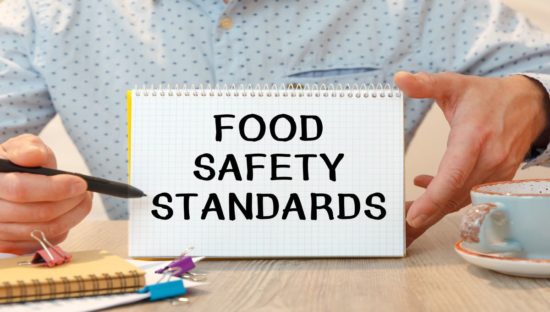Researchers have suggested that the level of protection offered to consumers by a piece of European regulation might not be proportionate to the effort made.
The study used formulas to assess effectiveness of the European Commission law by determining the rate of consignments not complying with European Union legislation placed on the market despite increased controls.
The legislation sets the rate of official controls and special conditions for food and feed of non-animal origin imported into Europe. Identity and physical checks include sampling and laboratory analyses. Rules are modified every six months, and the latest key changes can be found here.
An analysis, published in the Italian Journal of Food Safety, pointed to the limited effectiveness of the measures despite a great effort in terms of performed official controls. These measures are intended to help reduce the rate of non-compliant products on the market.
Researchers found intensified official controls, based on additional checks carried out following each non-compliant result, were able to reduce the rate of non-conforming consignments placed on the market.
Weak effectiveness
Data on the Rapid Alert System for Food and Feed (RASFF) show the extent of non-compliant consignments detected at the border control post level. However, there is no data on the number of physical checks actually carried out in line with the regulation.
Speculated scenarios looked at the prevalence of non-compliant consignments and sensitivity and specificity of the combined system of sampling procedures and analytical methods.
This revealed the effectiveness of measures in the legislation is weak and, despite a great effort in terms of official controls carried out — sometimes up to 50 percent of incoming consignments — it produces limited results, allowing a significant number of non-compliant shipments to be placed on the market when the starting prevalence is quite high.
When the distribution of non-compliant consignments is not uniform, for instance, because of the seasonal trend of a specific hazard, focusing the temporary increased checks on that should improve effectiveness of the measures.
“To improve effectiveness and efficiency, sampling procedures and analytical methods with high sensitivity and specificity are needed, aided by the availability of reliable information to identify subsets of consignments with a higher prevalence of non-compliance,” said researchers.
(To sign up for a free subscription to Food Safety News, click here)



